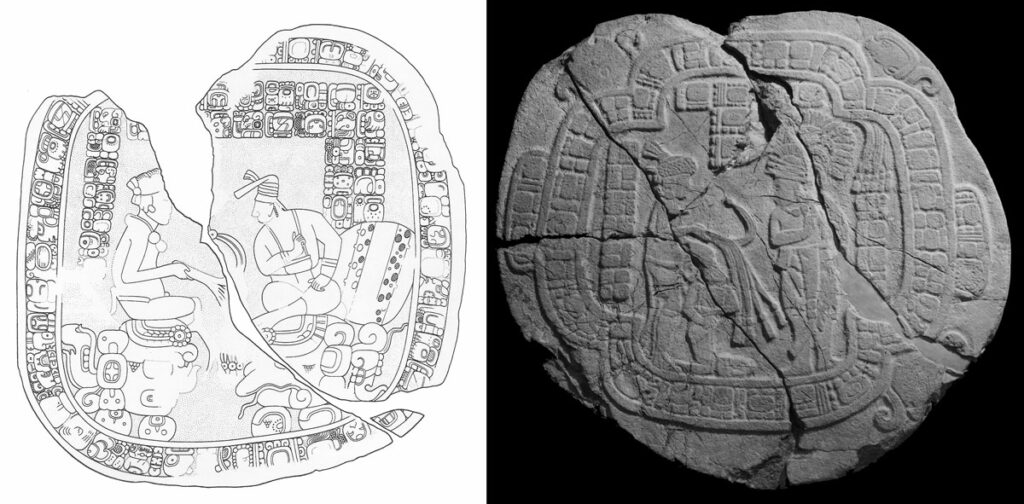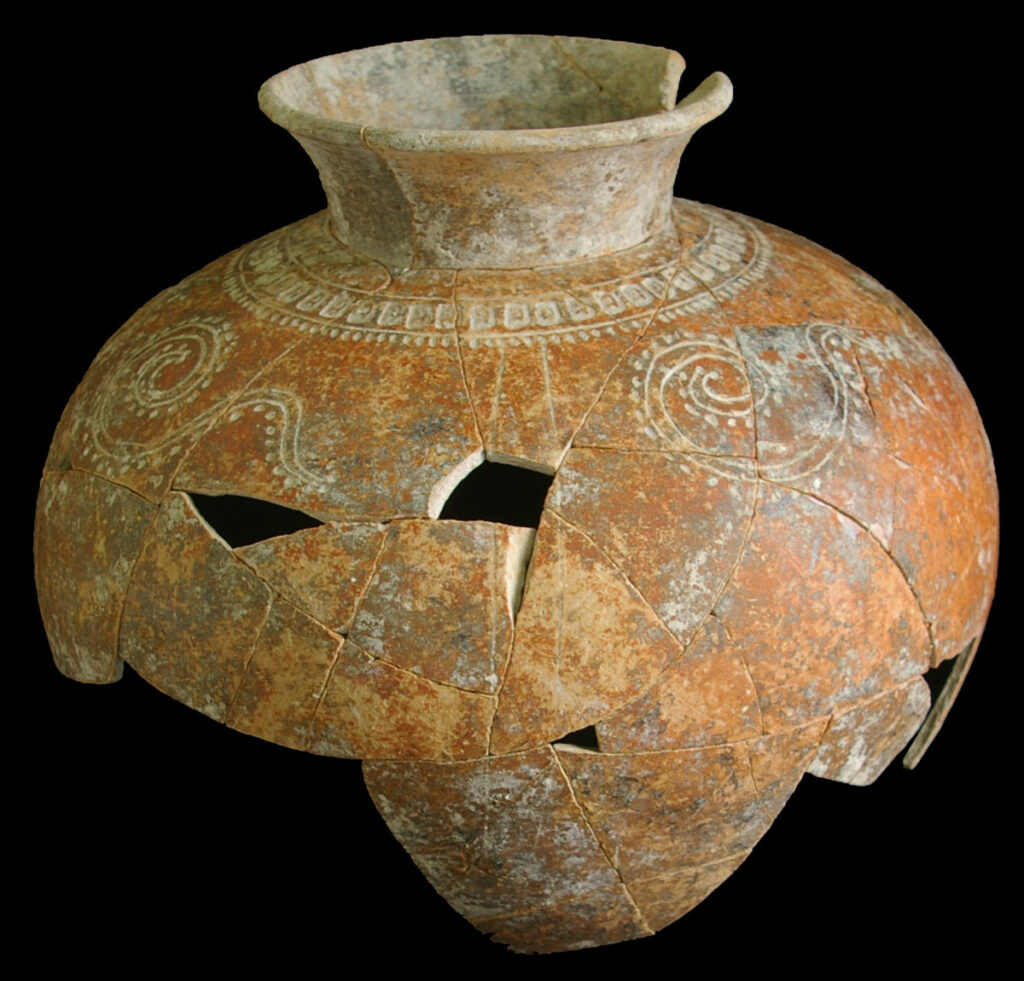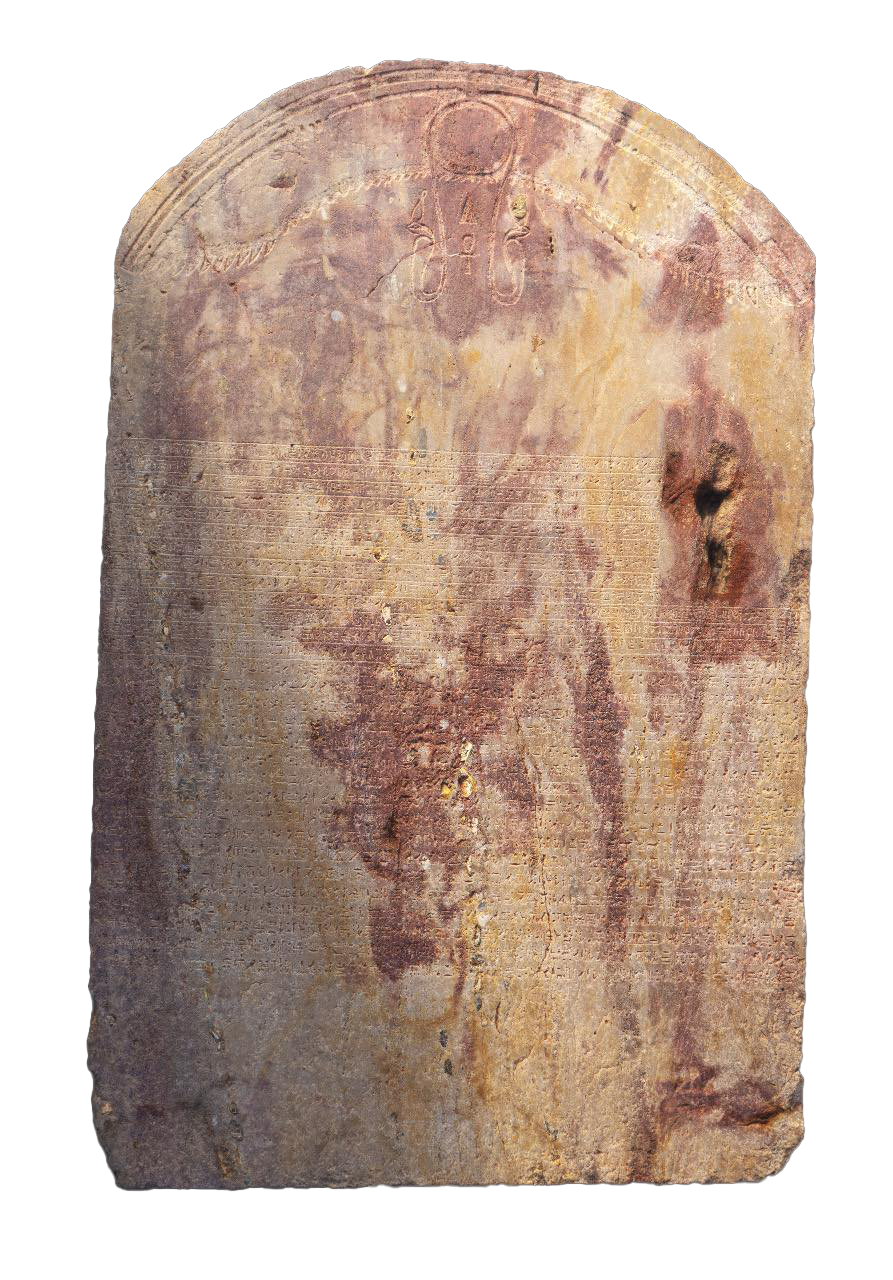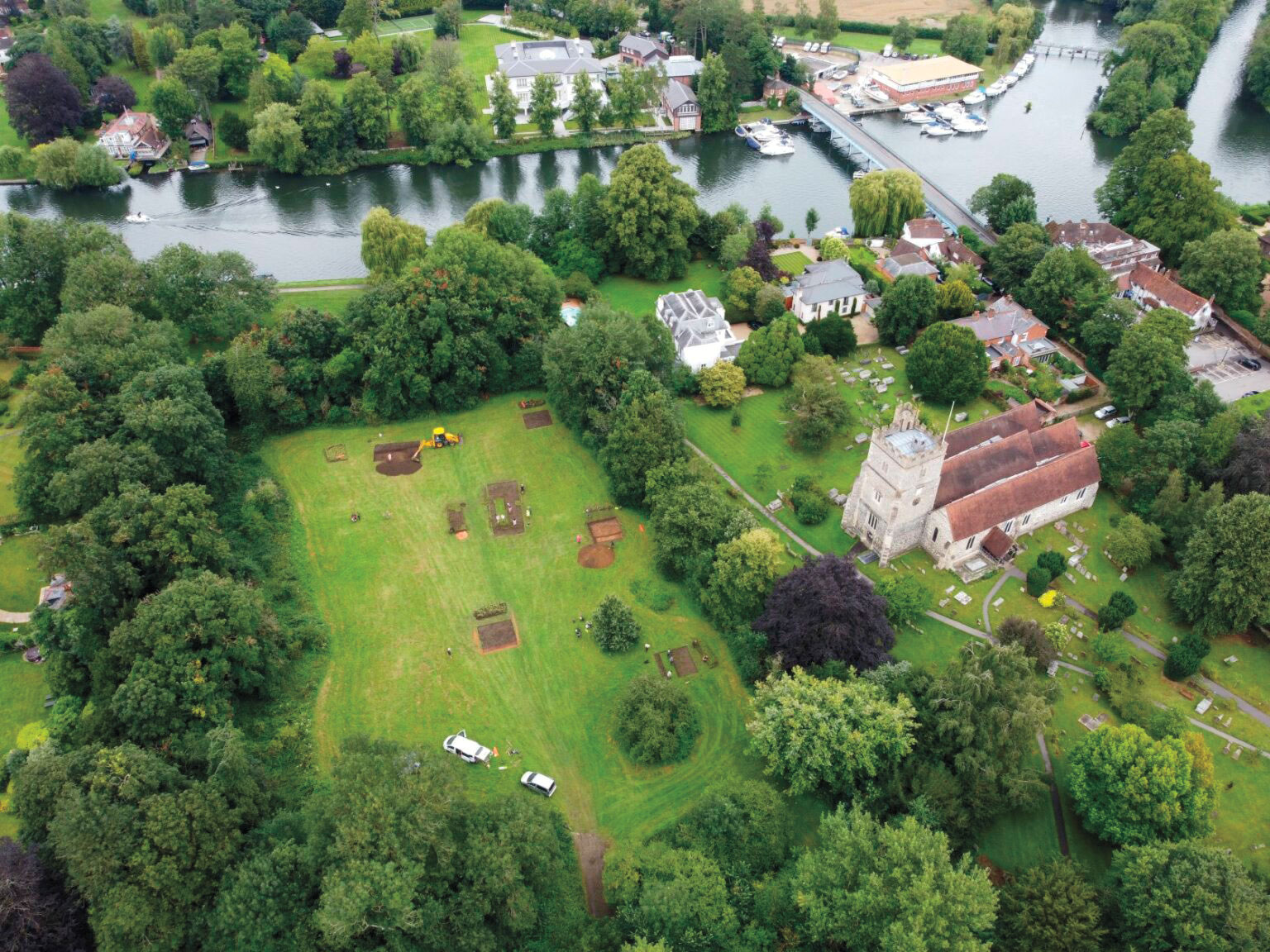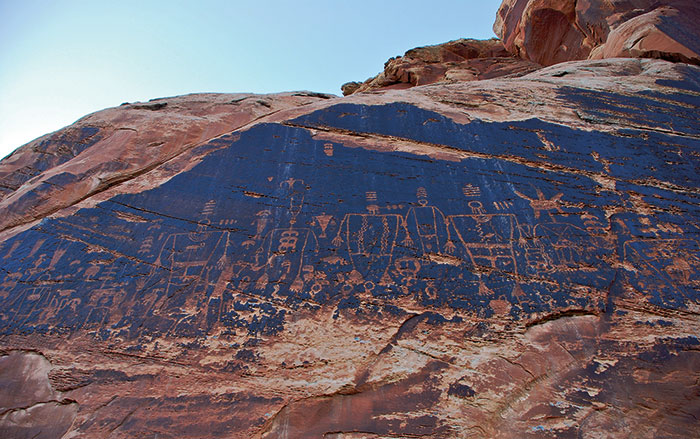Features From the Issue
-
Features
Java's Megalithic Mountain
Across the Indonesian archipelago, people raised immense stones to honor their ancestors
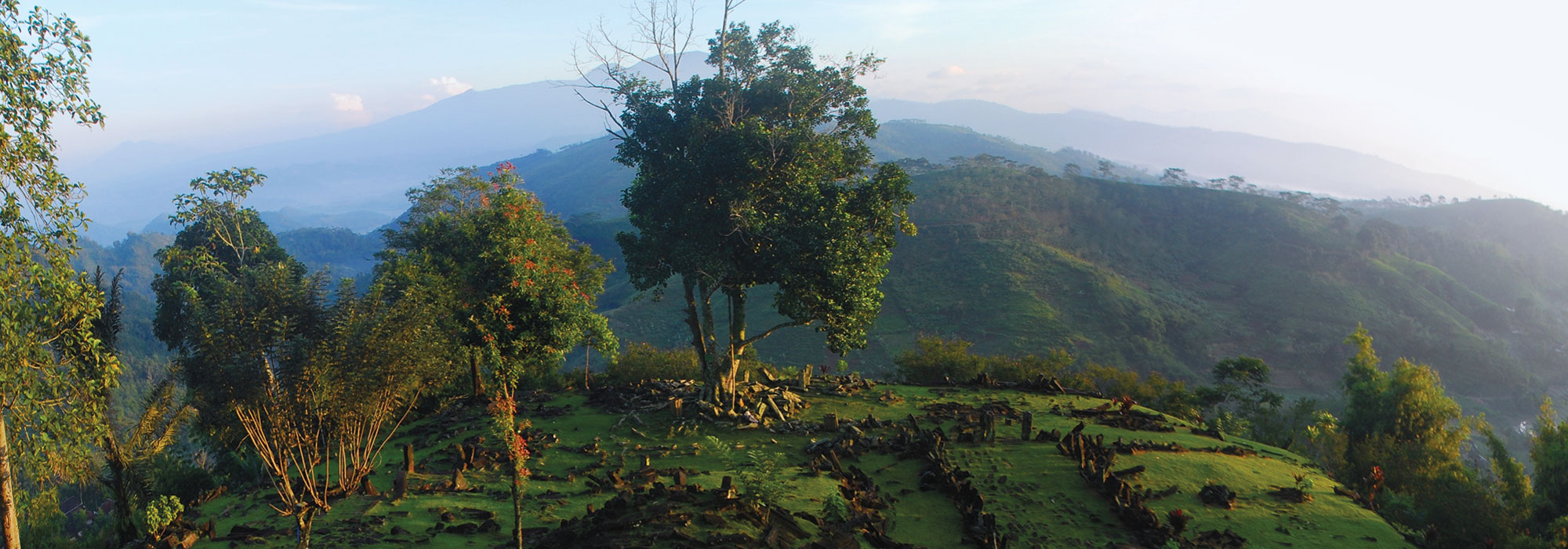 (Courtesy Lutfi Yondri)
(Courtesy Lutfi Yondri) -
Features
The Assyrian Renaissance
Archaeologists return to Nineveh in northern Iraq, one of the ancient world’s grandest imperial capitals
 (Land of Nineveh Archaeological Project)
(Land of Nineveh Archaeological Project) -
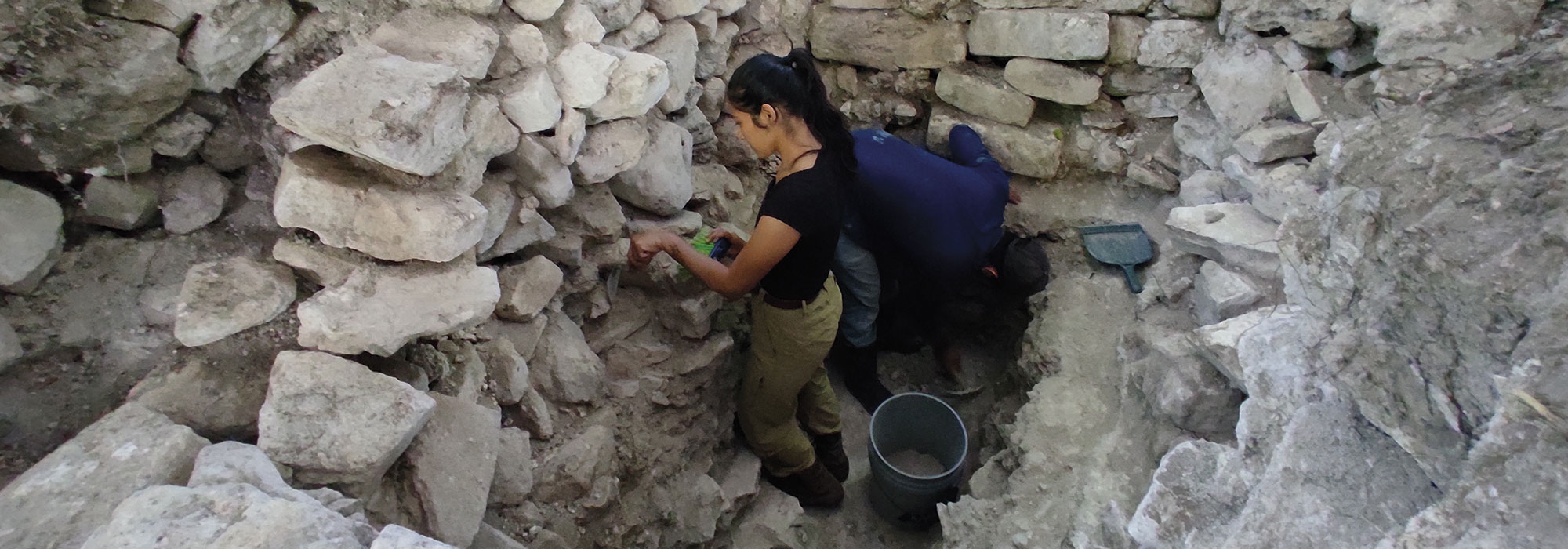 (Courtesy Proyecto Arqueológico Ucanal)
(Courtesy Proyecto Arqueológico Ucanal) -
Features
Making a Roman Emperor
A newly discovered monumental arch in Serbia reveals a family’s rise to power in the late second century a.d.
 (Serbia’s Institute of Archaeology)
(Serbia’s Institute of Archaeology) -
Features
Rise and Fall of Tiwanaku
New dating techniques are unraveling the mystery of a sacred Andean city
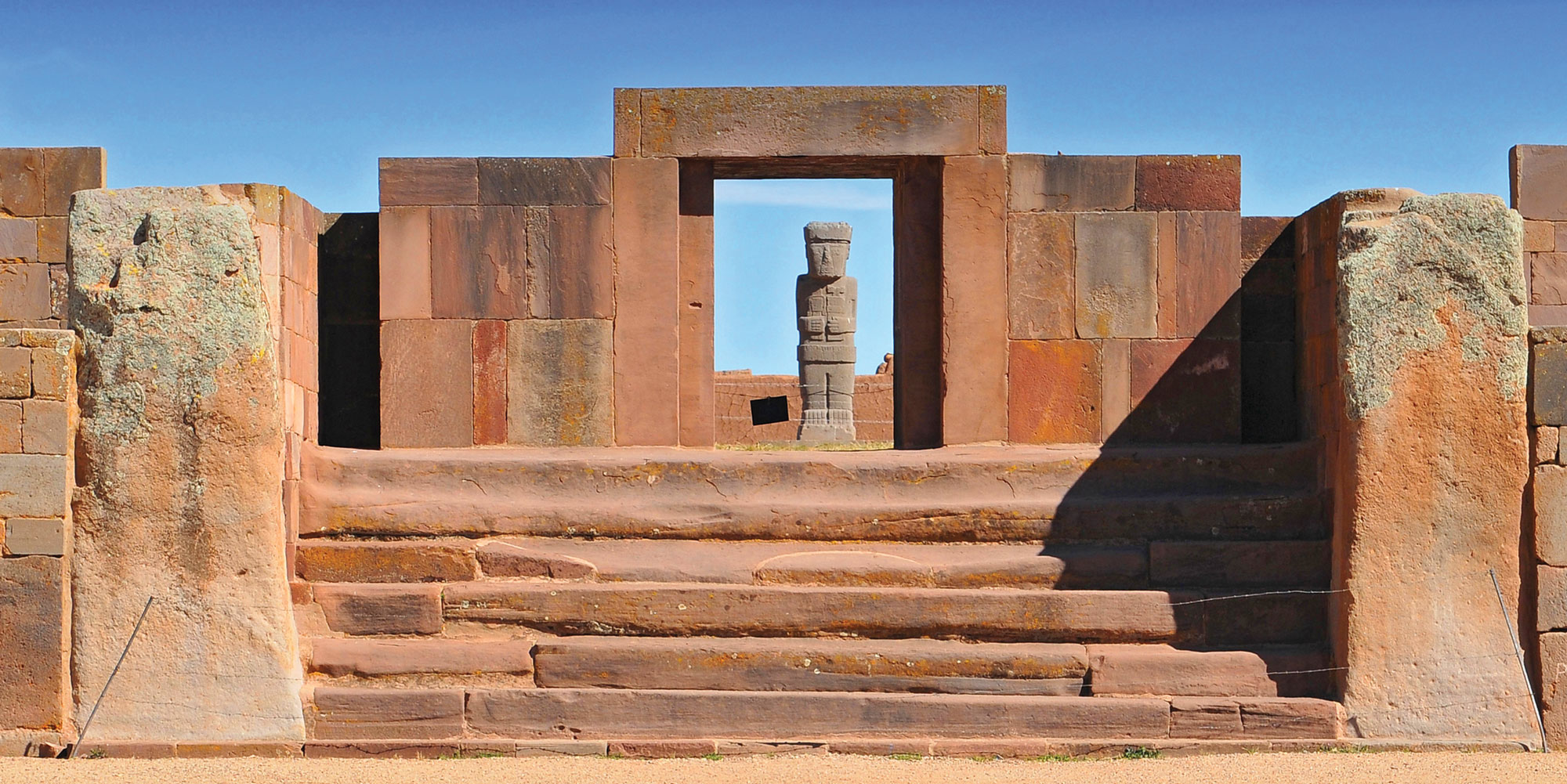

Letter from Nigeria
Letter from Nigeria
A West African Kingdom's Roots
Excavations in Benin City reveal a renowned realm’s deep history
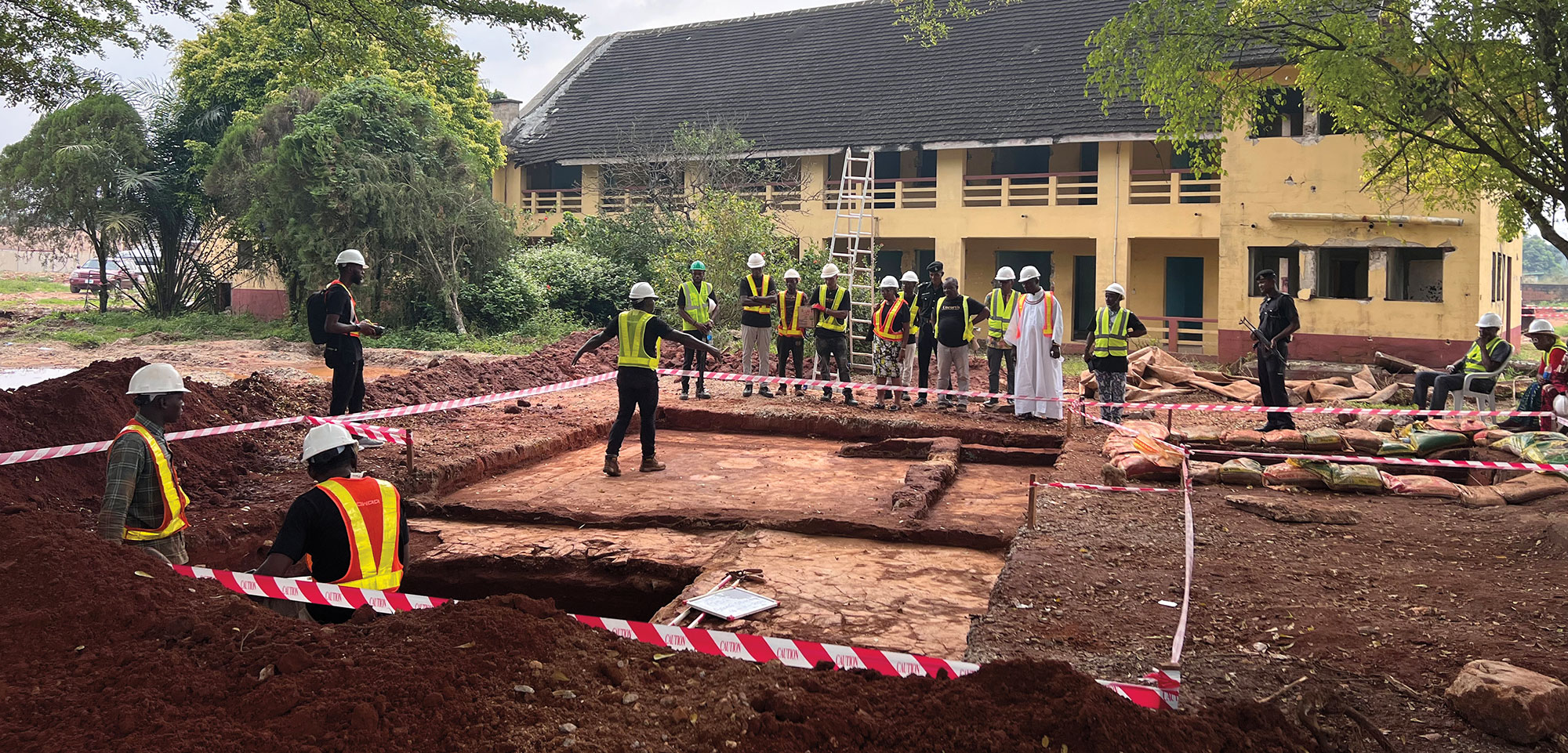
Artifact
Artifacts
Etruscan Oil Lamp
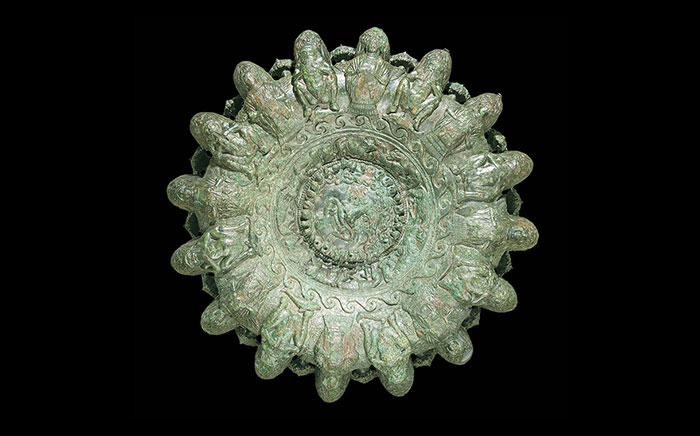
Digs & Discoveries
-
Digs & Discoveries
Bronze Age Beads Go Abroad
 (Courtesy Cambridge Archaeological Unit)
(Courtesy Cambridge Archaeological Unit) -
Digs & Discoveries
Rubber Ball Recipe
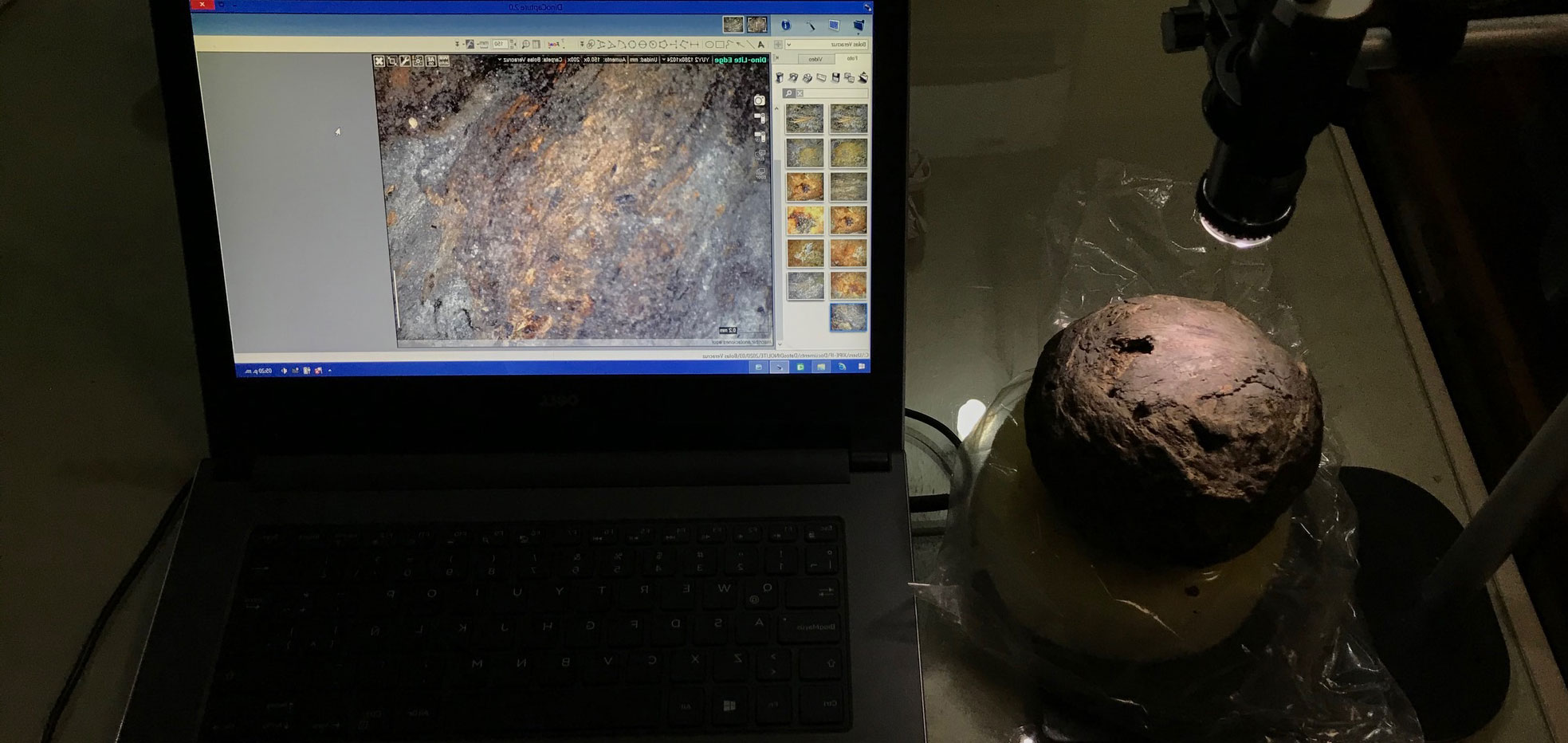
-
Digs & Discoveries
Black Magic Seeds
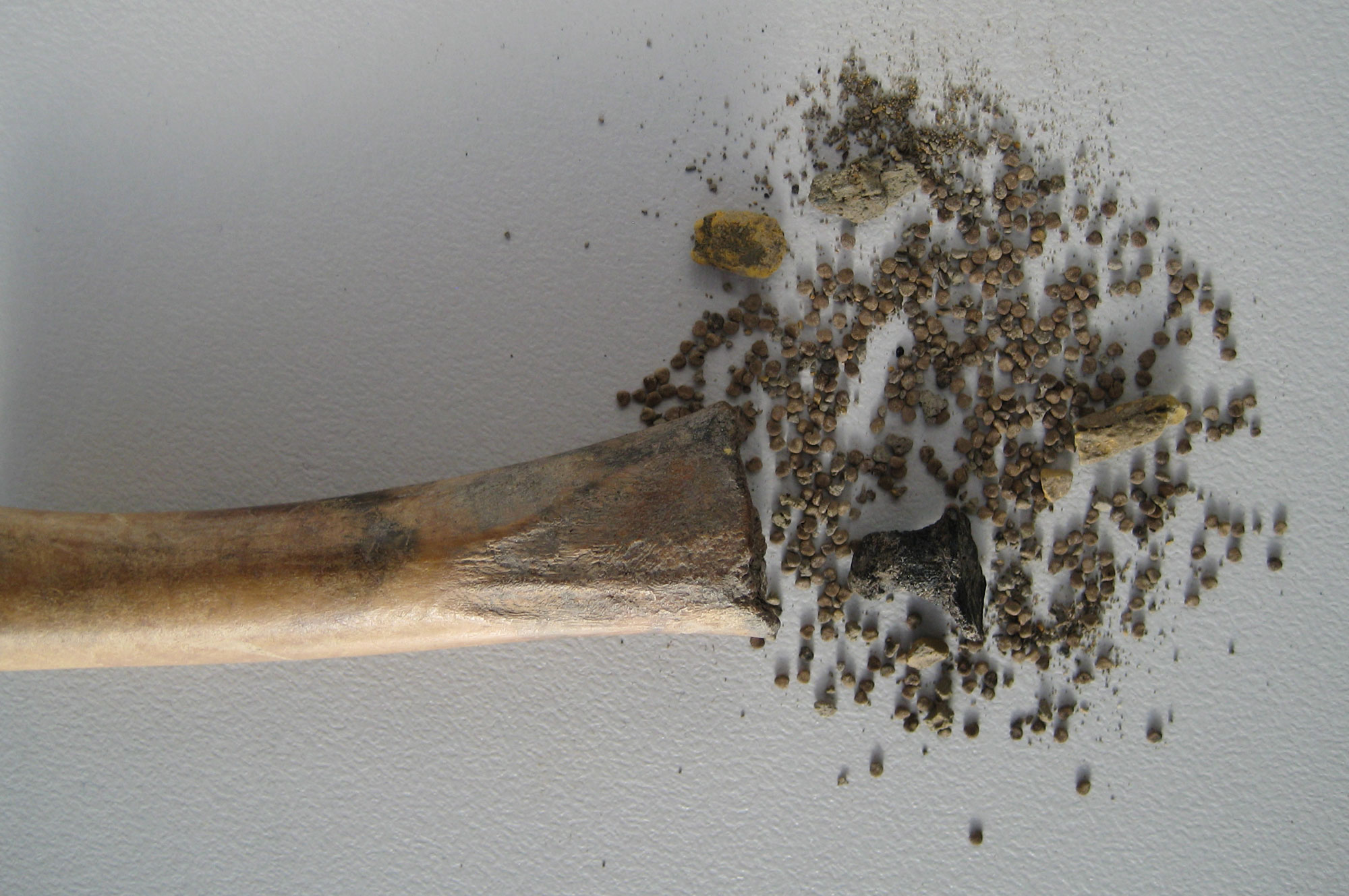
-
Digs & Discoveries
A Friend for Hercules
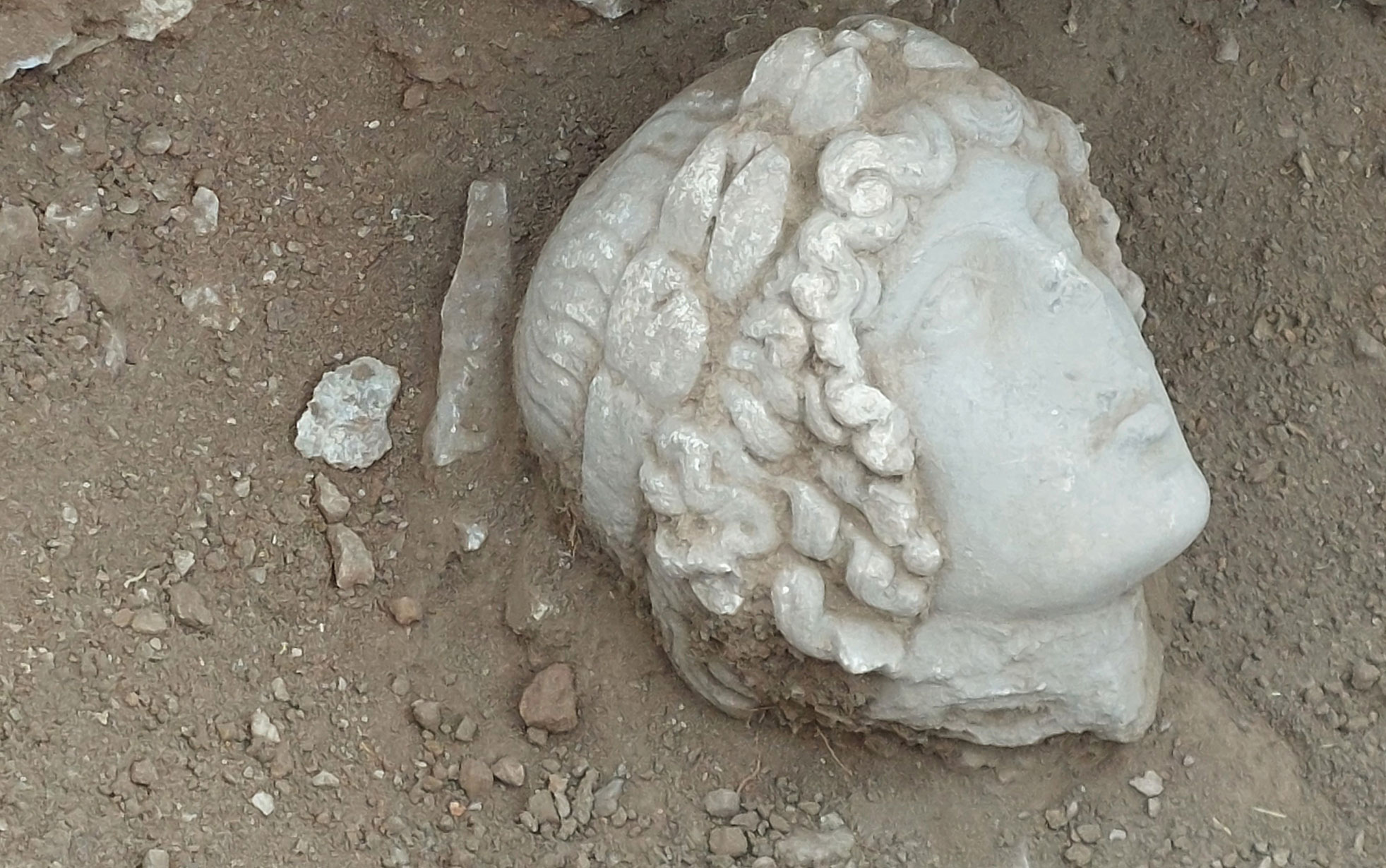
-
Digs & Discoveries
Sticking Their Necks Out
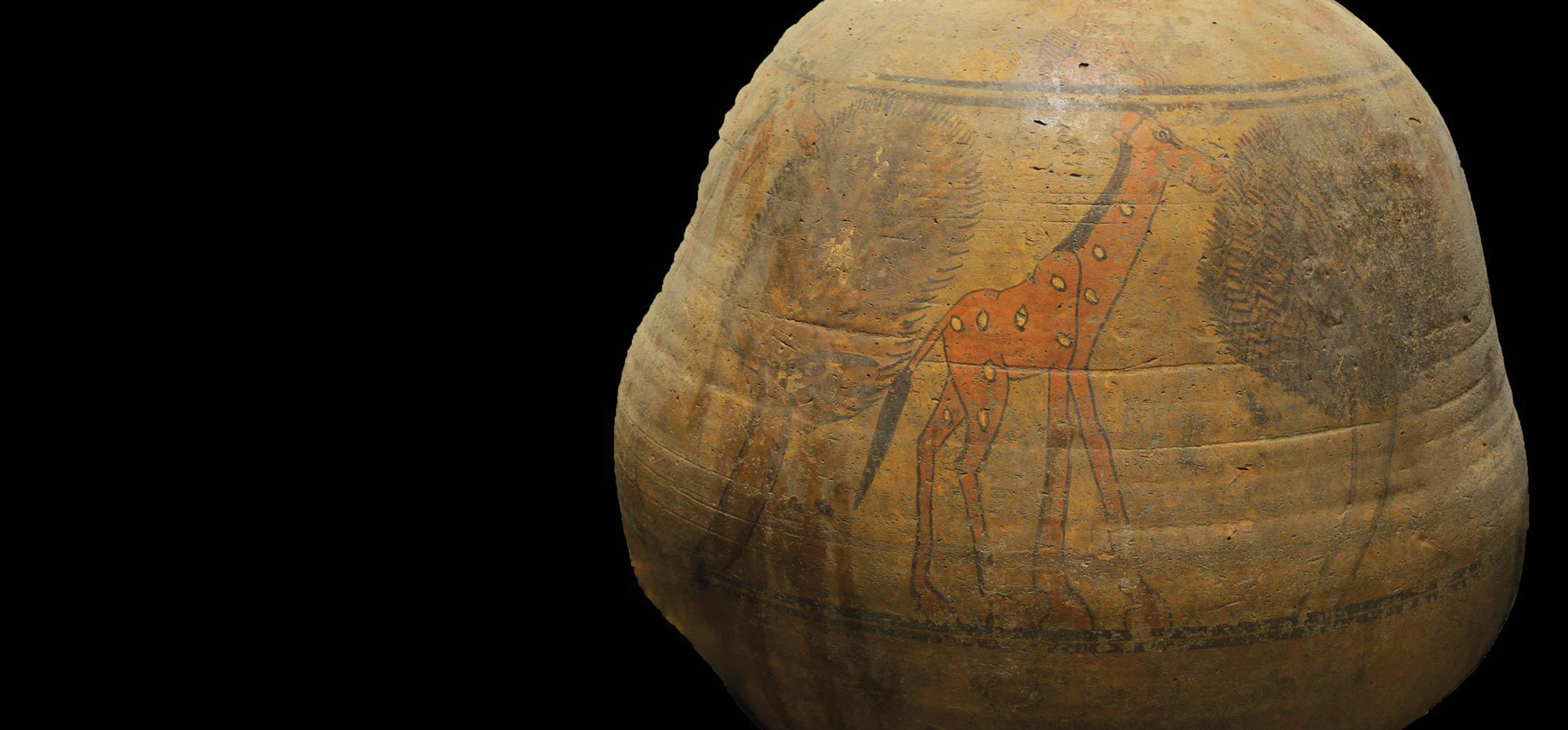
-
Digs & Discoveries
Update: A Fortress Sanctuary

-
Digs & Discoveries
From the Horse’s Mouth

-
Digs & Discoveries
Medical Malfeasance

-
Digs & Discoveries
Neolithic Piercings
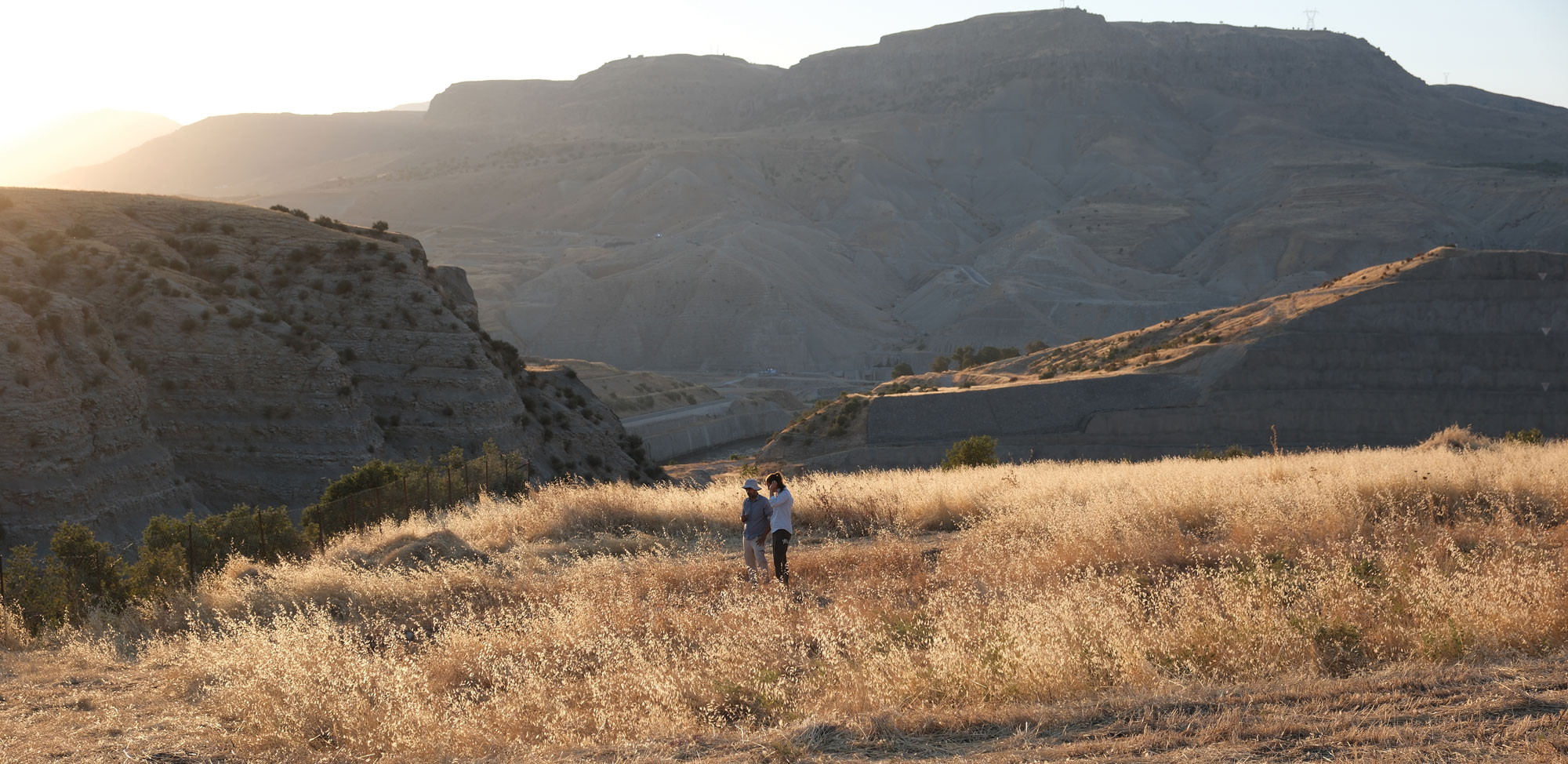
-
Digs & Discoveries
The Song in the Stone
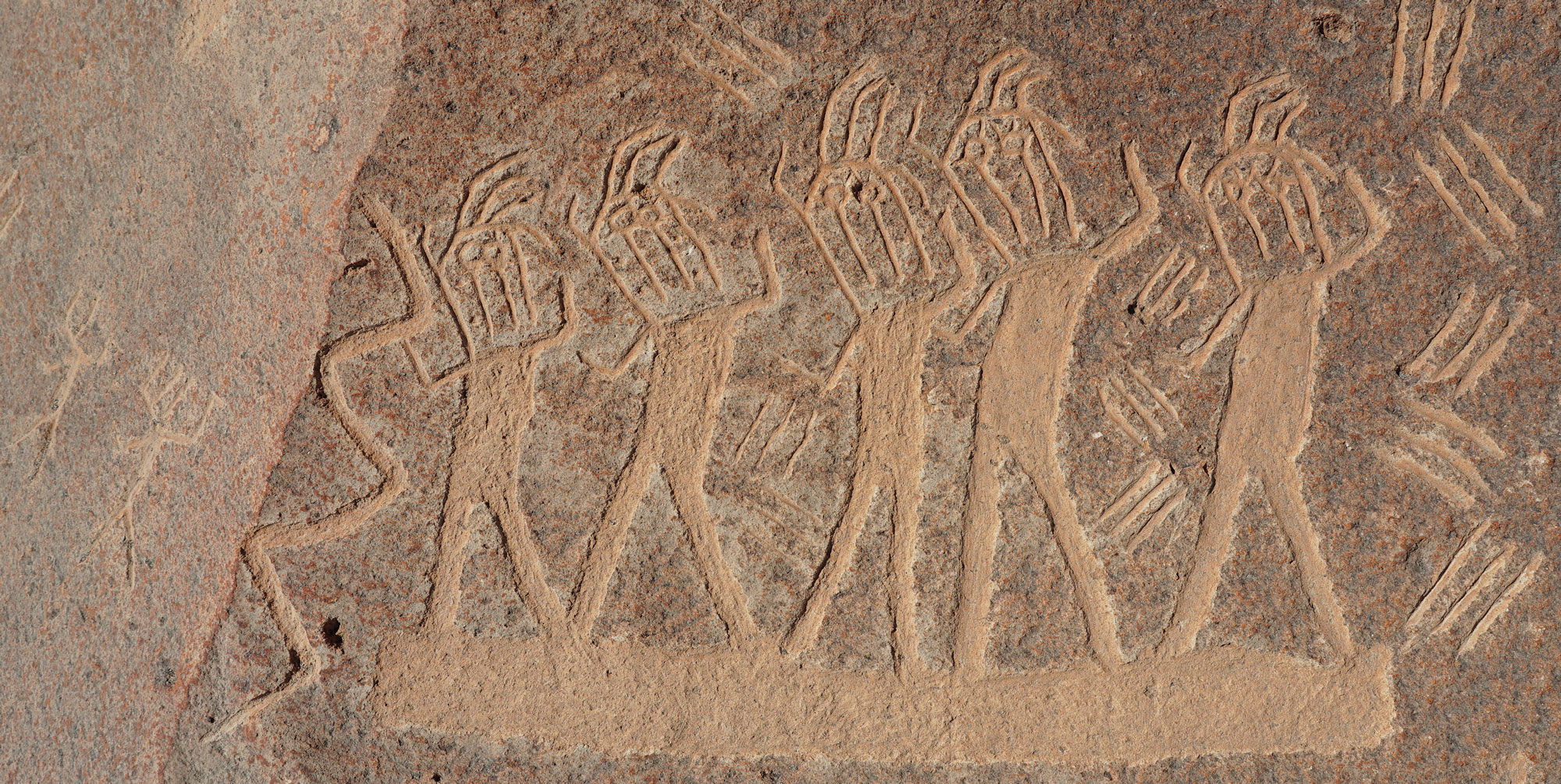
-
Digs & Discoveries
Like Cats and Dogs

-
Digs & Discoveries
More Images From Digs & Discoveries
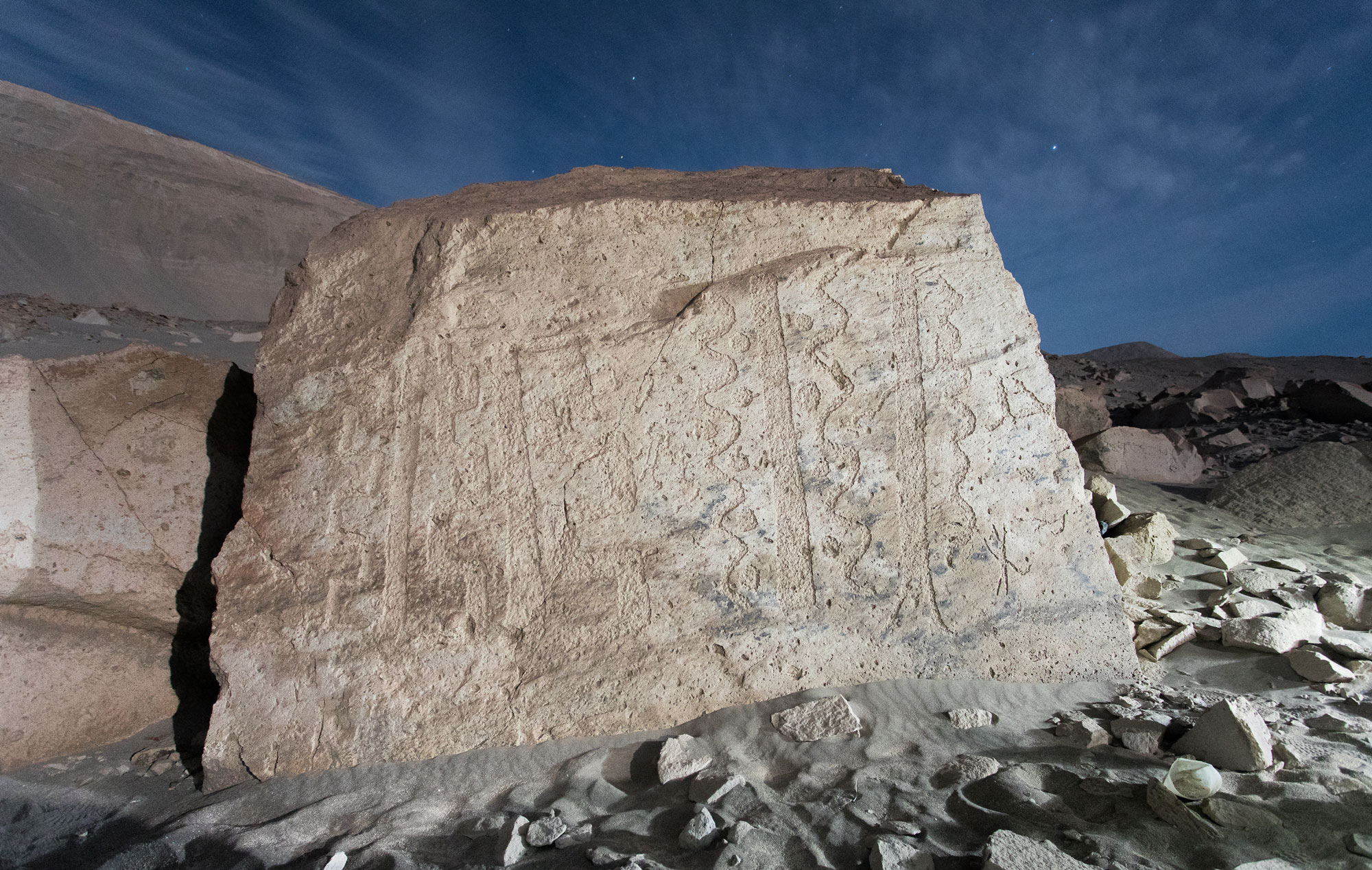 (Photo by Andrzej Rozwadowski, Archive of Toro Muerto Archaeological Project)
(Photo by Andrzej Rozwadowski, Archive of Toro Muerto Archaeological Project)
Off the Grid
Off the Grid July/August 2024
Chumash Painted Cave State Historic Park, California
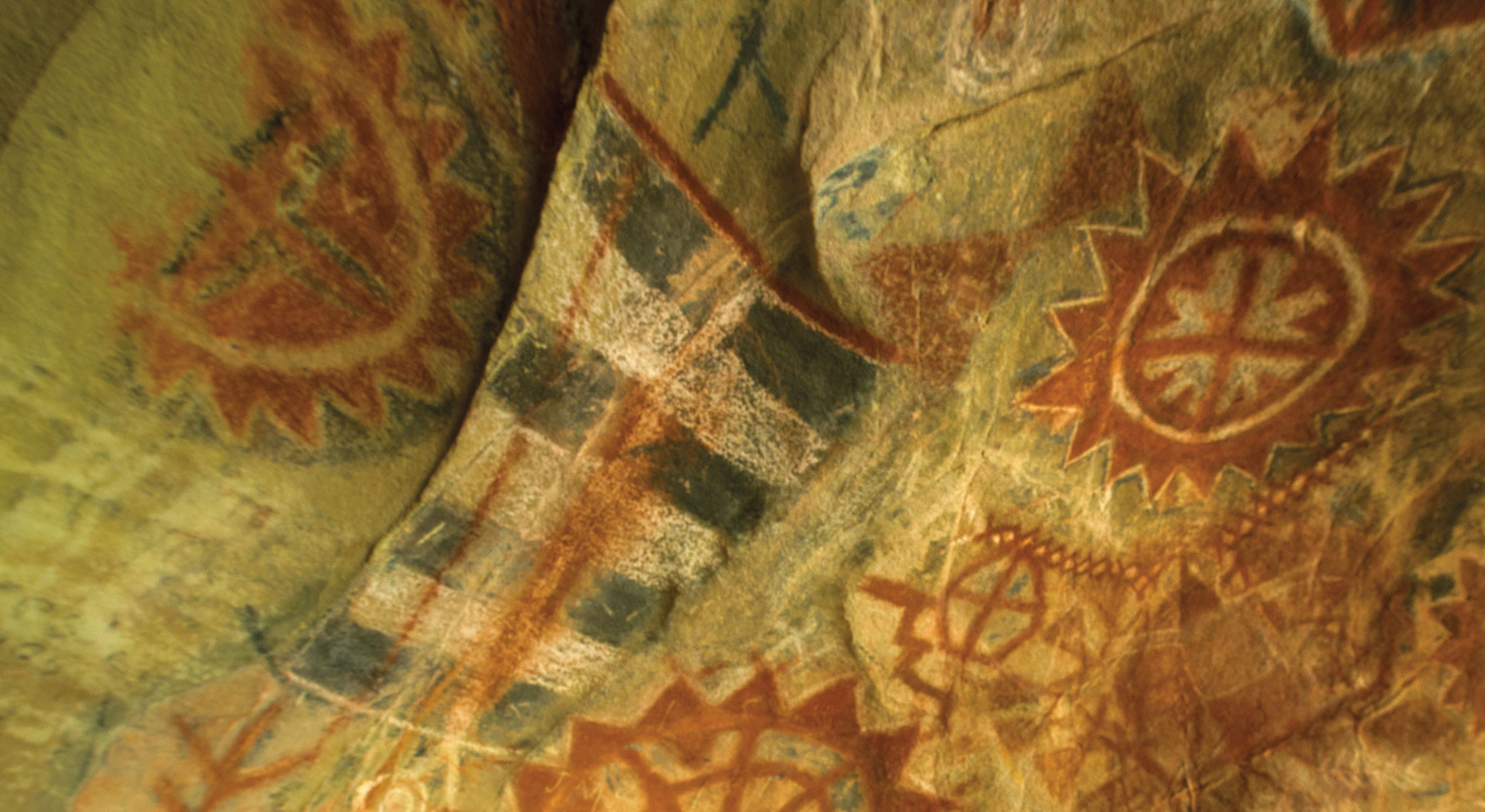
Around the World
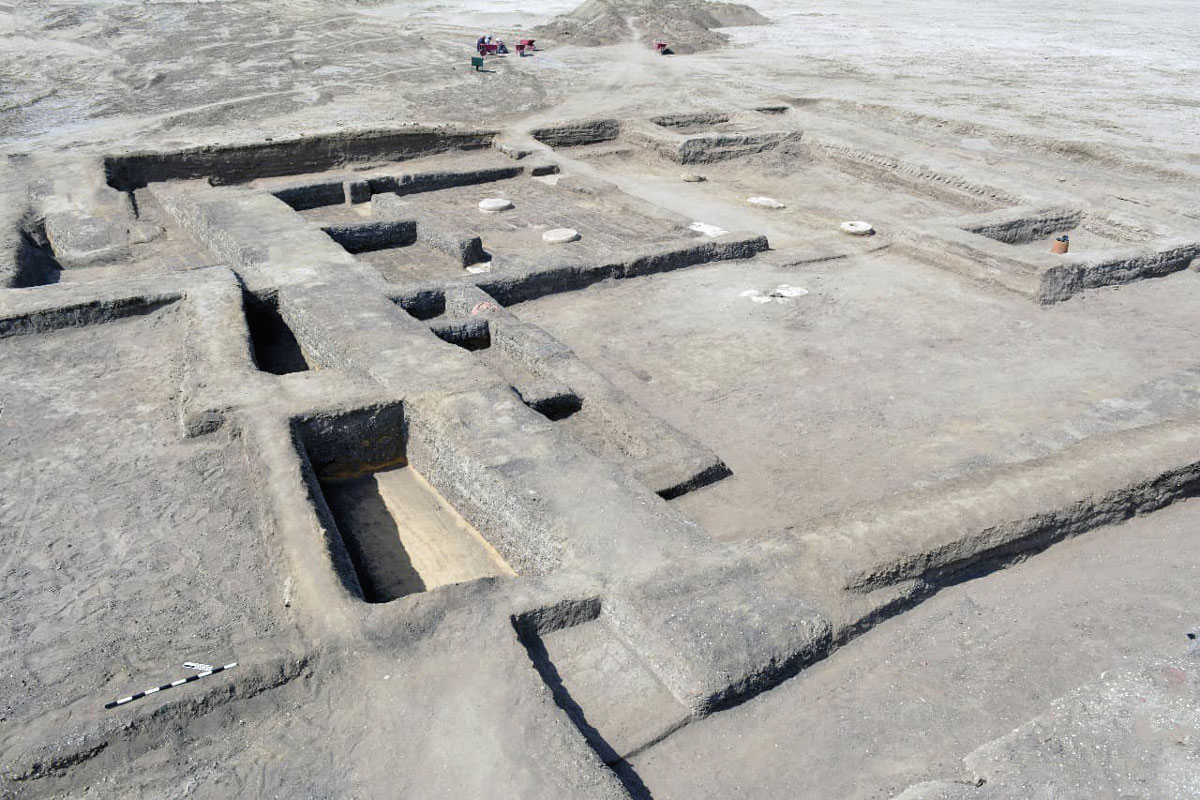
EGYPT
A fortified compound at Tell Habwa on the Sinai Peninsula may have been associated with the military campaigns of Thutmose III, one of Egypt’s greatest pharaohs. Along with other military installations, the compound was located on the Horus Road, which led from Egypt into the Levant. Scholars think the building might have been used by Egyptian soldiers, and perhaps even by the pharaoh, as a rest house. Thutmose’s troops would have marched along this route on their mission to expand Egyptian territory eastward in the 15th century B.C.
Related Content

ENGLAND
Judging from the high-quality glass, pottery, and carved gemstones found at a bathhouse in the city of Carlisle, the facility was frequented by upper-class Romans—perhaps including the emperor himself. Among the finds was a clump of Tyrian purple dye, the most expensive commodity in antiquity. Made from sea snail secretions, the pigment was reserved exclusively for royalty and the very wealthy. This is the only example ever discovered in England and may be connected with the emperor Septimius Severus’ visit to Carlisle in A.D. 208.
Related Content
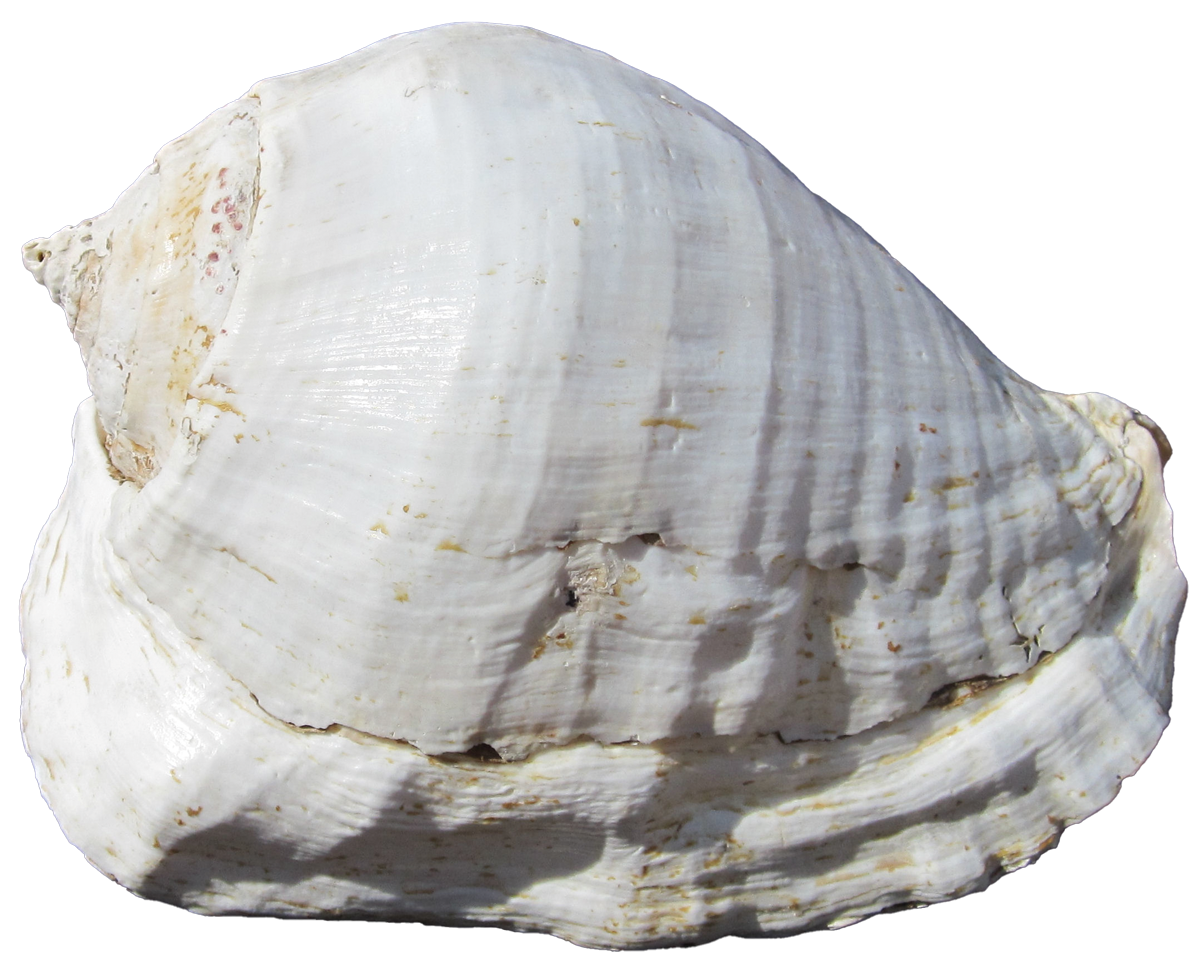
NEW MEXICO
Between the 9th and 12th centuries A.D., when Chaco Canyon was the center of Ancestral Puebloan culture, someone was always listening—especially for the sound of a conch-shell trumpet. Chaco was home to more than a dozen communities, and as many as 200 smaller settlements existed along its periphery. Results of a recent study relying on computer modeling indicate that each settlement was within hearing distance of a trumpet blast from at least one neighboring village. The instruments may have acted like medieval church bells, signaling important announcements.
Related Content
Slideshow: Rise of a Maya Dynasty
During the Terminal Classic period (ca. A.D. 810–1000), at the site of Ucanal in Guatemala, a visionary leader named Papmalil ushered in a period of prosperity for the K’anwitznal Kingdom at a time when the great powers of the Maya world were collapsing. Papmalil launched his reign with a dramatic ceremony in the city’s public space in which he burned the skeletal remains and grave goods of previous rulers. During the subsequent decades, he transformed K’anwitznal from a small dynasty dependent on other, more powerful kingdoms in the Maya Lowlands into a power player in the region.
